
- October 7, 2025
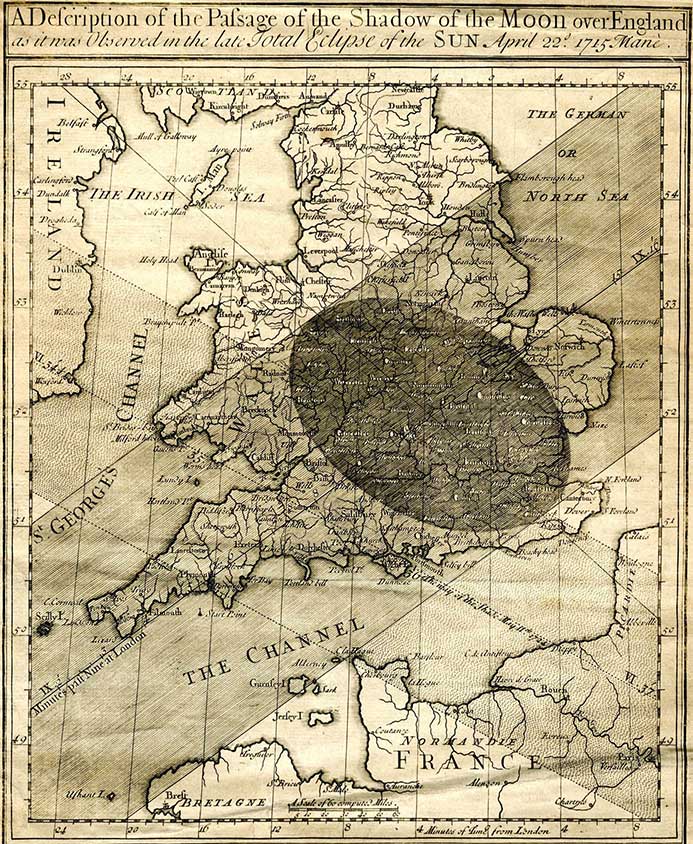
By Staff Middle Land
By Norma Reis
Muhammad’s Eclipse (632 CE)
The founder of Islam, the prophet Muhammad, was born in Mecca in the Year of the Elephant, CE 569-570. His birth year got its name from an invasion by the Abyssinians, who used elephants in the assault. The army was driven off when birds dropped stones on the troops, causing an epidemic similar to smallpox. The Year of the Elephant was also memorable because of its solar eclipse.
In ancient times, births and deaths of leaders were correlated to celestial omens. However, Islamic theology does not accept that the eclipse was sent by God as an omen of the prophet’s birth, a doctrine that is based on another solar eclipse closely tied to Muhammad. His infant son Ibrahim died tragically on January 27, 632 CE. The Sun was eclipsed that day, and some Meccans said it was a sign from God. Muhammad, though, said “The Sun and Moon are signs of God and do not eclipse for the death or birth of any man.”
Another solar eclipse related to Muhammad occurred 39 years after his death. In 661 CE, Mu’awiyah became leader of the empire after a revolt against Ali, the son of Muhammad’s chief Meccan enemy. Mu’awiyah decided to transfer the prophet’s pulpit from Medina to his capital in Damascus, Syria, but as his men were removing it, the sky darkened and stars were visible. It was considered a sign of divine anger, and the relic remained in Medina as a symbol of Mu’awiyah’s failure.
Map and eclipse predictions: Annular Solar Eclipse of 0632 Jan 27
Map and eclipse predictions: Annular Solar Eclipse of 0661 Jul 02
Solar Eclipse of the Emperor Louis (840 CE)
Louis of Bavaria, the son of Charlemagne, was head of a great empire when, on May 5, 840 CE, he witnessed a solar eclipse. He was so petrified that he died just afterwards. His three sons then began to dispute his succession. Their quarrel was settled three years later with the Treaty of Verdun, dividing Europe into three large areas, namely France, Germany and Italy.
Map and eclipse predictions: Total Solar Eclipse of 0840 May 05
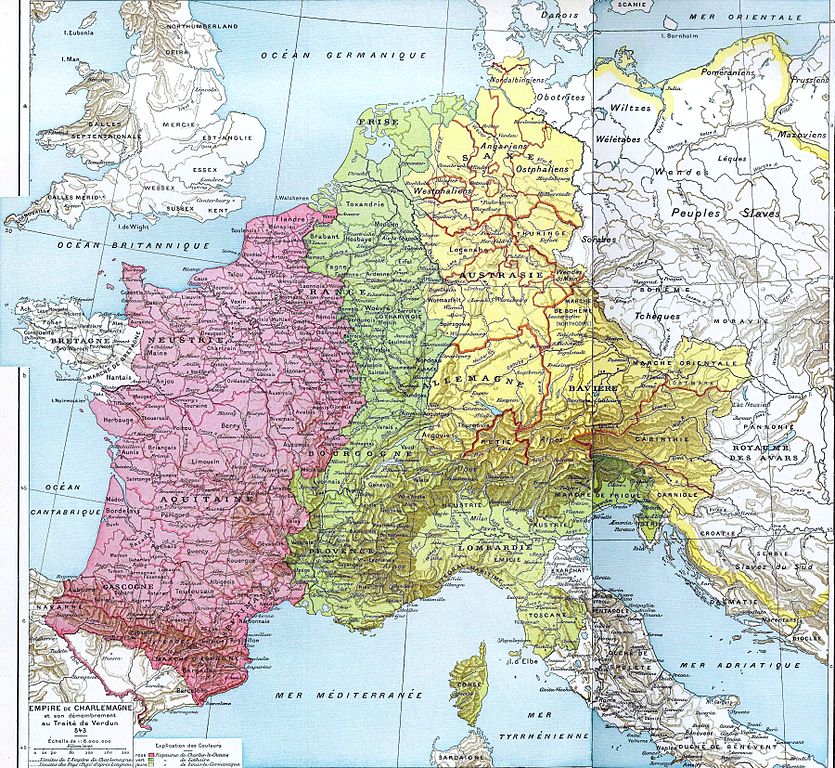
King Henry’s Eclipse (1133 CE)
Visible in England and Germany, this total solar eclipse happened on August 2, 1133 CE, and prompted many descriptions in the chronicles of both countries. For the English, the eclipse occurred the day after the departure of King Henry I, being interpreted as an omen of his death. In fact, the king died shortly afterwards in Normandy, which subsequently confirmed the superstition. As for the Germans, they associated the darkening of the Sun to the sack of the city of Augsburg and the massacre of its inhabitants by Duke Frederick.
Map and eclipse predictions: Total Solar Eclipse of 1133 Aug 02
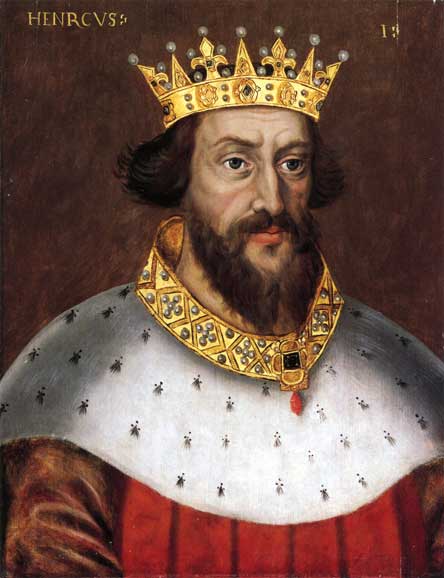
The Black Hour (1433 CE)
One of the most celebrated eclipses in the Middle Ages was called the “Black Hour”. It happened in Scotland and it has been said that darkness came about 3 pm on June 17, 1433 CE, and was very deep.
Map and eclipse predictions: Total Solar Eclipse of 1433 Jun 17
Edmond Halley’s Eclipse (1715 CE)
A few seconds before the Sun was all hid, there discovered itself round the Moon a luminous ring about a digit, or perhaps a tenth part of the Moon’s diameter, in breadth. It was of a pale whiteness, or rather pearl-color, seeming to me a little tinged with the colors of the iris, and to be concentric with the Moon. – Edmond Halley

Above was the description of the British astronomer Halley (1656-1742) for the solar corona during the total eclipse of May 3, 1715 CE, which was visible in England and Wales. Halley thought that he had seen the Moon’s atmosphere for the first time! He became famous for discovering the periodicity of certain comets and predicting their return 76 years after the one he had observed in 1682. Basing his calculations on the law of universal attraction established by Newton, he provided the first physical explanation for the appearance of these wandering bodies that had previously terrified people.
Map and eclipse predictions: Total Solar Eclipse of 1715 May 03
Total Solar Eclipse of Louis XV (1724 CE)
The last total eclipse of the Sun visible in Paris occurred on May 22, 1724 CE. The young King Louis XV, at the time fourteen years old, observed it. The path of its shadow, very similar to the eclipse of August 11, 1999 CE, shifted southwards, and crossed England, France and Germany. It was carefully calculated and mapped, and painters depicted scenes of the crowds of spectators.
Map and eclipse predictions: Total Solar Eclipse of 1724 May 22
Nat Turner’s Eclipse (1831 CE)
The greatest slave revolt in North America was led by Nat Turner (1800-1831). The clever Turner learned how to read with his master’s son – an undesirable skill from the masters’ viewpoint for a slave during these times due to fear of rebellion. Turner, afterwards, dedicated himself to religion and became a preacher for his followers (Schaefer, 1994). In 1828, he had a vision: he would lead his people to liberty, but he should wait for a sign from God – and it came from the sky.
An annular eclipse of the Sun occurred on February 12, 1831. Turner saw it as a ‘black angel’ occulting a white one – the time had arrived for blacks to overcome whites, so it was the right moment for rebellion. Several months later, after having murdered his original masters, Turner and his band of insurgents headed for the small town of Jerusalem where militiamen promptly interrupted their march. Most of the slaves, including Turner, went into hiding for seventy days before being taken to the gallows and hanged. Many people died in this revolt, and in no other episode have so many slave owners perished, a reason why many consider Turner to be a hero of the resistance to oppression against black people in the United States.
Map and eclipse predictions: Annular Solar Eclipse of 1831 Feb 12
Adams’ Eclipse (1851 CE)
The total solar eclipse of July 28, 1851 CE, was the first subject of an eclipse expedition. The total phase was visible in Norway and Sweden, and many astronomers from all parts of Europe traveled to those countries to see the eclipse. Red flames were in evidence, and the fact that they belonged to the Sun and not to the Moon was clearly established.
The first photograph of the solar corona was taken during this solar eclipse and the best observations were made in Scandinavia. Edwin Dunkin wrote:
The prominences were clearly visible, especially a large hooked protuberance. This remarkable stream of hydrogen gas, rendered incandescent while passing through the heated photosphere of the Sun, attracted the attention of nearly all the observers at the different stations.
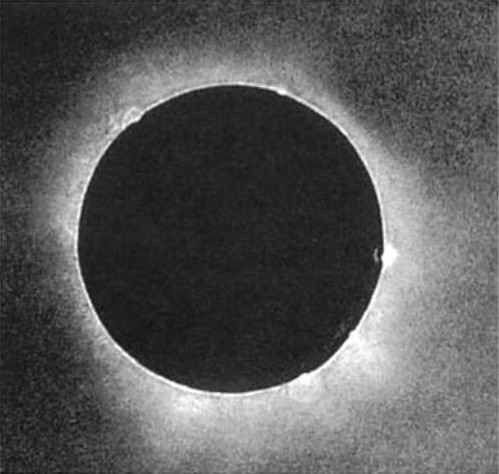
The best account comes from the great astronomer, John Couch Adams. In 1845, Adams calculated, at the same time as the Frenchman Le Verrier, the position of Neptune. At this time in history, many astronomers had never observed a total eclipse, because they rarely occurred at any given place, and transport facilities were few and far between. In his article that appeared in the Memoirs of the Royal Astronomical Society, Adams’ lyrical style conveys the extraordinary emotion of an experienced astronomer who realizes that he is a complete novice in seeing this spectacle for the first time:
The approach of the total eclipse of July 28, 1851, produced in me a strong desire to witness so rare and striking a phenomenon. Not that I had much hope of being able to add anything of scientific importance to the accounts of the many experienced astronomers who were preparing to observe it; for I was not unaware of the difficulty which one not much accustomed to astronomical observation would have in preserving the requisite coolness and command of the attention amid circumstances so novel, where the points of interest are so numerous, and the time allowed for observation is so short.
Adams then describes the magical appearance of the corona:
The appearance of the corona, shining with a cold unEarthly light, made an impression on my mind which can never be effaced, and an involuntary feeling of loneliness and disquietude came upon me… A party of haymakers, who had been laughing and chatting merrily at their work during the early part of the eclipse, were now seated on the ground, in a group near the telescope, watching what was taking place with the greatest interest, and preserving a profound silence… A crow was the only animal near me; it seemed quite bewildered, croaking and flying backwards and forwards near the ground in an uncertain manner.
In another written piece, he compares the corona with the luminous halo that painters draw around the heads of saints.
Map and eclipse predictions: Total Solar Eclipse of 1851 Jul 28
General Gordon and Fatal Eclipses (1863 and 1885 CE)
An ancient Chinese aphorism says that every dynasty starts with the replacement of an old, degenerate regime ruled by corruption and ineffectiveness. But as time goes by, new governors, in principle virtuous, come into the same vices and the so-called “Mandate of Heaven” (as they reign by divine gift) is passed on. In such a society, signs of the sky can greatly influence politics. The Ch’ing dynasty began in 1644, and achieved great splendor. By the mid-19th century, however, it started to become ineffective and corrupt. At this time, the British general Charles Gordon was charged by the western powers to help the Emperor of China and his dynasty in their fight against the Taiping revolt. Skilled with military genius and leadership, Gordon commanded an army of Chinese mercenaries and had many victories.
On November 25, 1863 CE, a partial lunar eclipse frightened his troops during the siege of Soochow (Suzhou) in Kiangsu (Jiangsu). The superstitious Chinese interpreted the event as a bad omen for the Emperor. Soochow was not conquered and the Taiping revolt was settled peacefully. The effect of this eclipse can thus be seen as a cause of General Gordon’s first defeat. Another eclipse – solar this time – on March 16, was directly responsible for his death. In 1886, he was in charge of the defense of Khartoum, the capital of the Sudan, under attack by a charismatic religious leader, the Mahdi. A solar eclipse demoralized Gordon’s troops. The city was taken before British troops could arrive with reinforcements and the British general did not survive the massacre.
Map and eclipse predictions: Partial Lunar Eclipse of 1863 Nov 25
Map and eclipse predictions: Total Solar Eclipse of 1886 Aug 29
The Great Eclipse of 1878
The Moon’s shadow took some 20 minutes to cross Wyoming and Colorado, in the United States, on July 29, 1878. Considered one of the greatest eclipse events of that century, it is known as the great eclipse of 1878 for its large path of visibility. Many tourists filled hotels to see the spectacle – even the famous inventor Thomas Edison was there. Extensive preparations were made by officers in charge of the National Observatory to observe the eclipse. Five expeditions were assigned to observe the phenomenon and conduct relevant scientific investigations, such as making drawings of the corona, and to study the physical constitution of the Sun. Although the corona was photographed in 1851, the results were not satisfactory and, in 1878, drawings provided the best information on its size and shape.
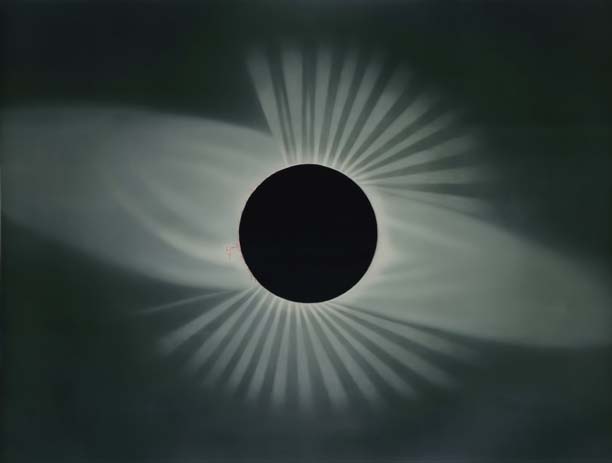
The 1878 eclipse was observed by the American astronomer Maria Mitchell, the first woman astronomer to join the prestigious American Academy of Arts and Sciences. She led a team of five of her students on a cross-country journey to Denver, Colorado, to observe and scientifically report a total solar eclipse. They traveled by train at a time when women did not travel unescorted. Her students were fascinated with the trip, although a little frightened.
Maria took care of all the logistics of sending telescopes to an observational site and gave each student instructions, telling them the observations they should make:
“You will see Nature as you never saw it before – it will neither be day nor night – open your senses to all the revelations”, she pointed out. “Let your eyes take note of the colors of Earth and Sky. Observe the tint of the Sun. Look for a gleam of light in the horizon. Notice the color of the foliage. Use another sense – notice if flowers give forth the odors of evening. Listen if the animals show signs of fear – if the dog barks – if the owl shrieks – if the birds cease to sing – if the bee ceases its hum – if the butterfly stops its flight – it is said that even the ant pauses with its burden and no longer gives the lesson to the sluggard.”
The young ladies were enthusiastic about the experience and harbored a brave attitude at a time when women were not supposed to be inside scientific circles. At an epoch when men’s colleges rarely engaged science students with direct field experience like this, Mitchell’s students were entering a new era of learning for women. This event represented significant scientific, societal, and pedagogical advancement promoted by a pioneering woman.
Map and eclipse predictions: Total Solar Eclipse of 1878 Jul 29
Einstein Eclipse (1919 CE)
One of Einstein’s greatest contributions to science was his General Theory of Relativity (GTR), formulated between 1913 and 1916. This revolutionary theory contradicted Newton’s and provided fundamental new understandings of time and space measurement. GTR was difficult to understand though and, in order to be accepted, it was necessary that Einstein’s theory predicted or explained some observed phenomenon that the Newtonian theory could not. Eddington came up with the idea that a total solar eclipse would provide a unique opportunity to quantitatively test Einstein’s theory. How? If it was correct, the light from stars would be bent by the strong gravitational field of the Sun. And what circumstance was necessary to observe this? Totality and stars appearing close-by because the test required several bright stars close to the limb of the Sun during the eclipse. The eclipse of May 29, 1919 CE, offered such conditions.
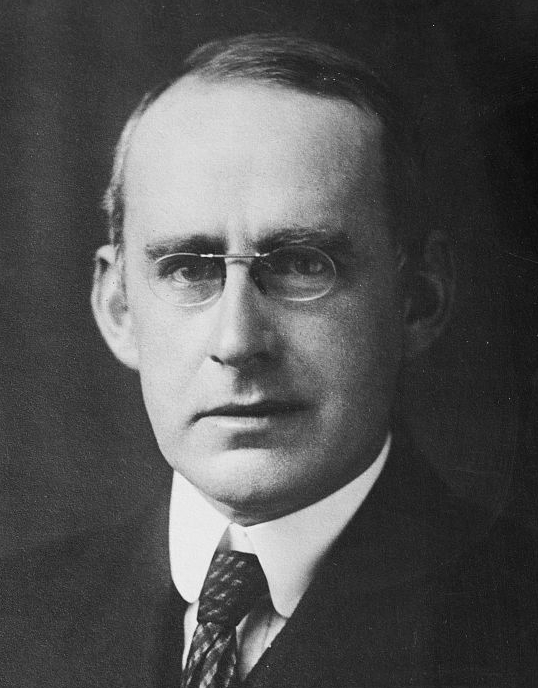
The path of totality crossed Brazil, in South America, and Principe, an island owned by Portugal, just to the north of the equator and 150 miles from the African coast. In northeastern Brazil, the city of Sobral was the best post of observation of the phenomenon and two expeditions of American and English scientists joined the Brazilians to observe the eclipse.
Their purposes were distinct. The Brazilian commission focused on studies of the solar corona, its form and shape, and performed spectroscopic analysis of its constitution. The English wanted to verify experimentally the consequences of GTR. After analysis of the eclipse results, royal astronomer Frank Dyson announced, in November 1919, that the results confirmed the theory and it was made public: Einstein was right! In fact, what provoked such commotion was precise measurement of the deviation of starlight passing close to the Sun. The value of such deviation agreed with the prediction of Einstein’s GTR (1.75 arc seconds), but was almost double the value predicted by Newton’s gravitational theory (0.87 arc seconds).
This confirmation of the deviation of light is one of the most dramatic events in the history of science. It was front-page news around the globe. The London Times featured the headlines, “Revolution in science. New theory of the universe. Newtonian ideas overthrown” and The Washington Post, with “New theory of space: has no absolute dimensions, nor has time, say Savants.” Although people were still mystified by his theory, his worldwide popularity increased dramatically almost overnight. Einstein was also very charismatic and became famous for his equation E=mc2. The fanfare that followed the eclipse contributed substantially to Einstein’s popularity as a legendary scientist.
Map and eclipse predictions: Total Solar Eclipse of 1919 May 29
Eclipse of End of Millennium (1999 CE)
Stories about the end of the world have always frightened people throughout history. An eclipse of the Sun in the last year of the millennium would be the perfect scenario for commotion about this issue. One key ingredient for the August 11, 1999 eclipse was related to the forthcoming millennium, including predictions of catastrophes.
Map and eclipse predictions: Total Solar Eclipse of 1999 Aug 11
First Eclipses of the Third Millennium (2001 CE)
The first eclipse of the third millennium happened on January 9, 2001. This was a lunar eclipse that was total as viewed from most of Asia, Africa, Europe, and the eastern seaboard of North America. In Nigeria, the eclipse caused great consternation, and its advent was blamed on sinners. In the northeastern part of the country, there were rampages by gangs of youths. Similar destruction occurred in other towns. “The immoral acts committed in these places are responsible for this eclipse,” explained one of the leaders of the riots.
Five months later, on June 21, 2001, the first total solar eclipse of the third millennium was also witnessed in Africa. As the track passed over Angola, Zambia, Zimbabwe, Mozambique, and finally the southern part of the island of Madagascar, thousands of tourists watched the spectacle, along with millions of local inhabitants. Elsewhere much wailing and gnashing of teeth accompanied what was considered the “rooting of the Sun”, from which the world would never recover. The world did recover of course, quite promptly, and here we are waiting for the next meeting between the two celestial bodies in their marvelous space ballet.
Map and eclipse predictions: Total Lunar Eclipse of 2001 Jan 09
Map and eclipse predictions: Total Solar Eclipse of 2001 Jun 21
Eclipse seen from space (2006 CE)
The image below, obtained from the International Space Station, 230 miles above the planet, was positioned to view the umbral shadow cast by the Moon as it moved between the Sun and Earth during the solar eclipse on March 29, 2006.

the astronaut image captures the umbral shadow across southern Turkey, northern Cyprus, and the Mediterranean Sea.
People living in these regions observed a total solar eclipse in which the Moon completely covered the Sun’s disk.
Map and eclipse predictions: Total Solar Eclipse of 2006 Mar 29
Original article: eclipsewise.com

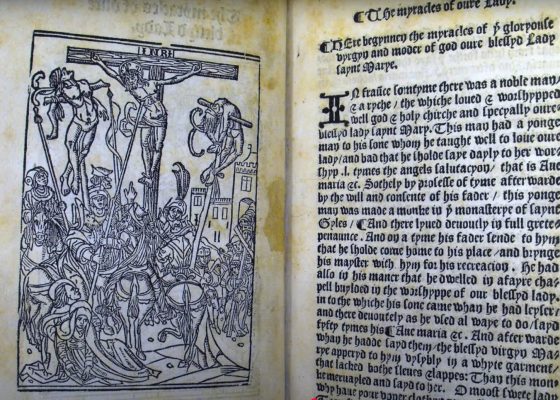
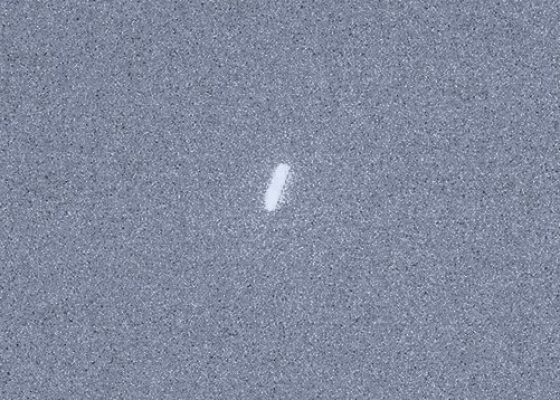








Cancel anytime


Using our website
You may use the The Middle Land website subject to the Terms and Conditions set out on this page. Visit this page regularly to check the latest Terms and Conditions. Access and use of this site constitutes your acceptance of the Terms and Conditions in-force at the time of use.
Intellectual property
Names, images and logos displayed on this site that identify The Middle Land are the intellectual property of New San Cai Inc. Copying any of this material is not permitted without prior written approval from the owner of the relevant intellectual property rights.
Requests for such approval should be directed to the competition committee.
Please provide details of your intended use of the relevant material and include your contact details including name, address, telephone number, fax number and email.
Linking policy
You do not have to ask permission to link directly to pages hosted on this website. However, we do not permit our pages to be loaded directly into frames on your website. Our pages must load into the user’s entire window.
The Middle Land is not responsible for the contents or reliability of any site to which it is hyperlinked and does not necessarily endorse the views expressed within them. Linking to or from this site should not be taken as endorsement of any kind. We cannot guarantee that these links will work all the time and have no control over the availability of the linked pages.
Submissions
All information, data, text, graphics or any other materials whatsoever uploaded or transmitted by you is your sole responsibility. This means that you are entirely responsible for all content you upload, post, email or otherwise transmit to the The Middle Land website.
Virus protection
We make every effort to check and test material at all stages of production. It is always recommended to run an anti-virus program on all material downloaded from the Internet. We cannot accept any responsibility for any loss, disruption or damage to your data or computer system, which may occur while using material derived from this website.
Disclaimer
The website is provided ‘as is’, without any representation or endorsement made, and without warranty of any kind whether express or implied.
Your use of any information or materials on this website is entirely at your own risk, for which we shall not be liable. It is your responsibility to ensure any products, services or information available through this website meet your specific requirements.
We do not warrant the operation of this site will be uninterrupted or error free, that defects will be corrected, or that this site or the server that makes it available are free of viruses or represent the full functionality, accuracy and reliability of the materials. In no event will we be liable for any loss or damage including, without limitation, loss of profits, indirect or consequential loss or damage, or any loss or damages whatsoever arising from the use, or loss of data, arising out of – or in connection with – the use of this website.
Last Updated: September 11, 2024
New San Cai Inc. (hereinafter “The Middle Land,” “we,” “us,” or “our”) owns and operates www.themiddleland.com, its affiliated websites and applications (our “Sites”), and provides related products, services, newsletters, and other offerings (together with the Sites, our “Services”) to art lovers and visitors around the world.
This Privacy Policy (the “Policy”) is intended to provide you with information on how we collect, use, and share your personal data. We process personal data from visitors of our Sites, users of our Services, readers or bloggers (collectively, “you” or “your”). Personal data is any information about you. This Policy also describes your choices regarding use, access, and correction of your personal information.
If after reading this Policy you have additional questions or would like further information, please email at middleland@protonmail.com.
PERSONAL DATA WE COLLECT AND HOW WE USE IT
We collect and process personal data only for lawful reasons, such as our legitimate business interests, your consent, or to fulfill our legal or contractual obligations.
Information You Provide to Us
Most of the information Join Talents collects is provided by you voluntarily while using our Services. We do not request highly sensitive data, such as health or medical information, racial or ethnic origin, political opinions, religious or philosophical beliefs, trade union membership, etc. and we ask that you refrain from sending us any such information.
Here are the types of personal data that you voluntarily provide to us:
As a registered users or customers, you may ask us to review or retrieve emails sent to your business. We will access these emails to provide these services for you.
We use the personal data you provide to us for the following business purposes:
Information Obtained from Third-Party Sources
We collect and publish biographical and other information about users, which we use to promote the articles and our bloggers who use our sites. If you provide personal information about others, or if others give us your information, we will only use that information for the specific reason for which it was provided.
Information We Collect by Automated Means
Log Files
The site uses your IP address to help diagnose server problems, and to administer our website. We use your IP addresses to analyze trends and gather broad demographic information for aggregate use.
Every time you access our Site, some data is temporarily stored and processed in a log file, such as your IP addresses, the browser types, the operating systems, the recalled page, or the date and time of the recall. This data is only evaluated for statistical purposes, such as to help us diagnose problems with our servers, to administer our sites, or to improve our Services.
Do Not Track
Your browser or device may include “Do Not Track” functionality. Our information collection and disclosure practices, and the choices that we provide to customers, will continue to operate as described in this Privacy Policy, whether or not a “Do Not Track” signal is received.
HOW WE SHARE YOUR INFORMATION
We may share your personal data with third parties only in the ways that are described in this Privacy Policy. We do not sell, rent, or lease your personal data to third parties, and We does not transfer your personal data to third parties for their direct marketing purposes.
We may share your personal data with third parties as follows:
There may be other instances where we share your personal data with third parties based on your consent.
HOW WE STORE AND SECURE YOUR INFORMATION
We retain your information for as long as your account is active or as needed to provide you Services. If you wish to cancel your account, please contact us middleland@protonmail.com. We will retain and use your personal data as necessary to comply with legal obligations, resolve disputes, and enforce our agreements.
All you and our data are stored in the server in the United States, we do not sales or transfer your personal data to the third party. All information you provide is stored on a secure server, and we generally accepted industry standards to protect the personal data we process both during transmission and once received.
YOUR RIGHTS/OPT OUT
You may correct, update, amend, delete/remove, or deactivate your account and personal data by making the change on your Blog on www.themiddleland.com or by emailing middleland@protonmail.com. We will respond to your request within a reasonable timeframe.
You may choose to stop receiving Join Talents newsletters or marketing emails at any time by following the unsubscribe instructions included in those communications, or you can email us at middleland@protonmail.com
LINKS TO OTHER WEBSITES
The Middle Land include links to other websites whose privacy practices may differ from that of ours. If you submit personal data to any of those sites, your information is governed by their privacy statements. We encourage you to carefully read the Privacy Policy of any website you visit.
NOTE TO PARENTS OR GUARDIANS
Our Services are not intended for use by children, and we do not knowingly or intentionally solicit data from or market to children under the age of 18. We reserve the right to delete the child’s information and the child’s registration on the Sites.
PRIVACY POLICY CHANGES
We may update this Privacy Policy to reflect changes to our personal data processing practices. If any material changes are made, we will notify you on the Sites prior to the change becoming effective. You are encouraged to periodically review this Policy.
HOW TO CONTACT US
If you have any questions about our Privacy Policy, please email middleland@protonmail.com
The Michelin brothers created the guide, which included information like maps, car mechanics listings, hotels and petrol stations across France to spur demand.
The guide began to award stars to fine dining restaurants in 1926.
At first, they offered just one star, the concept was expanded in 1931 to include one, two and three stars. One star establishments represent a “very good restaurant in its category”. Two honour “excellent cooking, worth a detour” and three reward “exceptional cuisine, worth a
Thank you for your participation,
please Log in or Sign up to Vote

123Sign in to your account